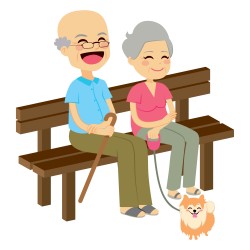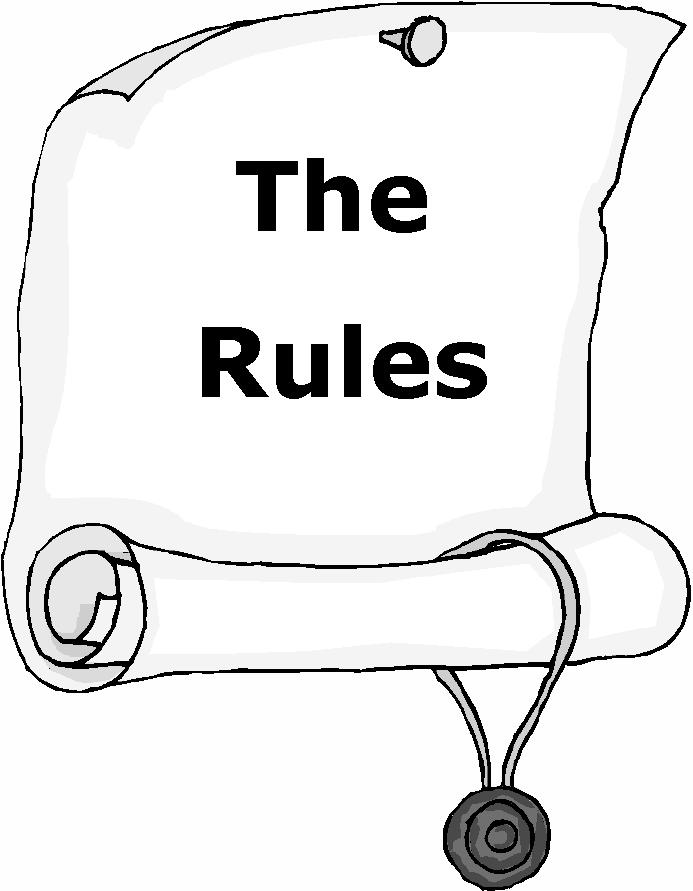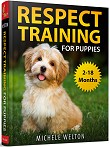All family members should be on the same page
By Michele Welton, Dog Trainer, Breed Selection Consultant, Author of 15 Dog Books
 I hear this all the time from clients: "Jake listens to me, but not to my wife."
I hear this all the time from clients: "Jake listens to me, but not to my wife."
Or vice versa.
In a multi-adult household, it often happens that one person projects the right attitude and says and does all the right things, while another person does not.
Accordingly, the puppy respects one person, but not the other.
If you're the only one working with the pup, the only one with the calm self-confident attitude, the only one following my training program consistently, your puppy will listen to you but not necessarily to your spouse and kids.
Dogs aren't robots that can be programmed to obey anyone who says the magic words. It's not the WORDS that cause a dog to listen to you and do what you want.
It's the proper leader-follower relationship that causes a dog to listen and do what you want.
It's important for ALL of the adults in the household to build the right leader-follower relationship with the puppy.
Your dog wants black and white rules and routines.
Suppose you and your spouse allow different behaviors. You chase the puppy off the sofa but pat your thighs to invite him to jump on you. Your spouse lets the puppy remain on the sofa but scolds him for jumping on her.
There might even be a third family member, or a housekeeper, or even the folks at doggy daycare, who won't correct the puppy for anything.
 These inconsistencies need to stop. At least during the first couple of years working with your puppy, there should be no "maybes" or "sometimes."
These inconsistencies need to stop. At least during the first couple of years working with your puppy, there should be no "maybes" or "sometimes."
When a dog is more mature and well-behaved, of course you can relax rules. I do that all the time with my adult dogs. But not the first couple of years, when building solid, dependable routines is so essential.
You may think you're being nice by being "flexible" about what your pup is allowed to do. Your puppy, on the other hand, pegs you as indecisive. Now he feels anxious, uncertain, and compelled to second-guess your decisions and test your rules to find out which ones are real and which ones are up for grabs.
Dogs feel most secure when their world is "always this" and "always that." Consistent, predictable, black and white. Young dogs, in particular, do not do well with gray areas.
So if mixed messages are happening in your pup's life, sort it out quickly. Get everyone on board with the same training program, or else keep your puppy away from people who are (even unintentionally) undermining it. Your pup will appreciate that!
My best-selling books – now available FREE on my website
 Respect Training For Puppies: 30 seconds to a calm, polite, well-behaved puppy is for puppies 2 to 18 months old. Your puppy will learn the 21 skills that all family dogs need to know. Click here to read for free.
Respect Training For Puppies: 30 seconds to a calm, polite, well-behaved puppy is for puppies 2 to 18 months old. Your puppy will learn the 21 skills that all family dogs need to know. Click here to read for free. Teach Your Dog 100 English Words is a unique Vocabulary and Respect Training Program that will teach your adult dog to listen to you and do what you say. Click here to read for free.
Teach Your Dog 100 English Words is a unique Vocabulary and Respect Training Program that will teach your adult dog to listen to you and do what you say. Click here to read for free. 11 Things You Must Do Right To Keep Your Dog Healthy and Happy helps your dog live a longer, healthier life. Get my honest advice about all 11 Things before you bring home your new puppy, because some mistakes with early health care cannot be undone. Click here to read for free.
11 Things You Must Do Right To Keep Your Dog Healthy and Happy helps your dog live a longer, healthier life. Get my honest advice about all 11 Things before you bring home your new puppy, because some mistakes with early health care cannot be undone. Click here to read for free.
